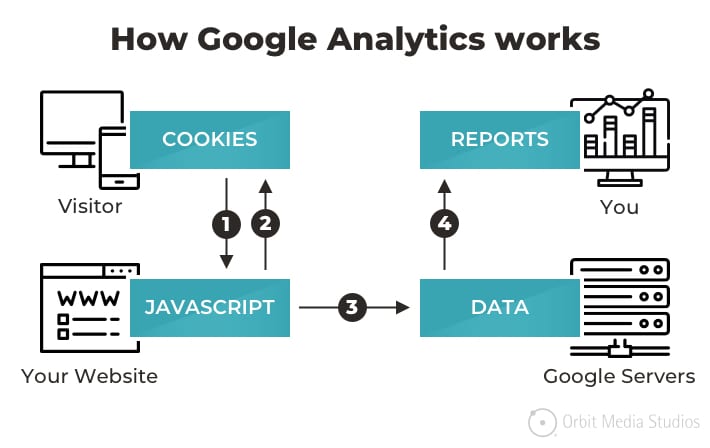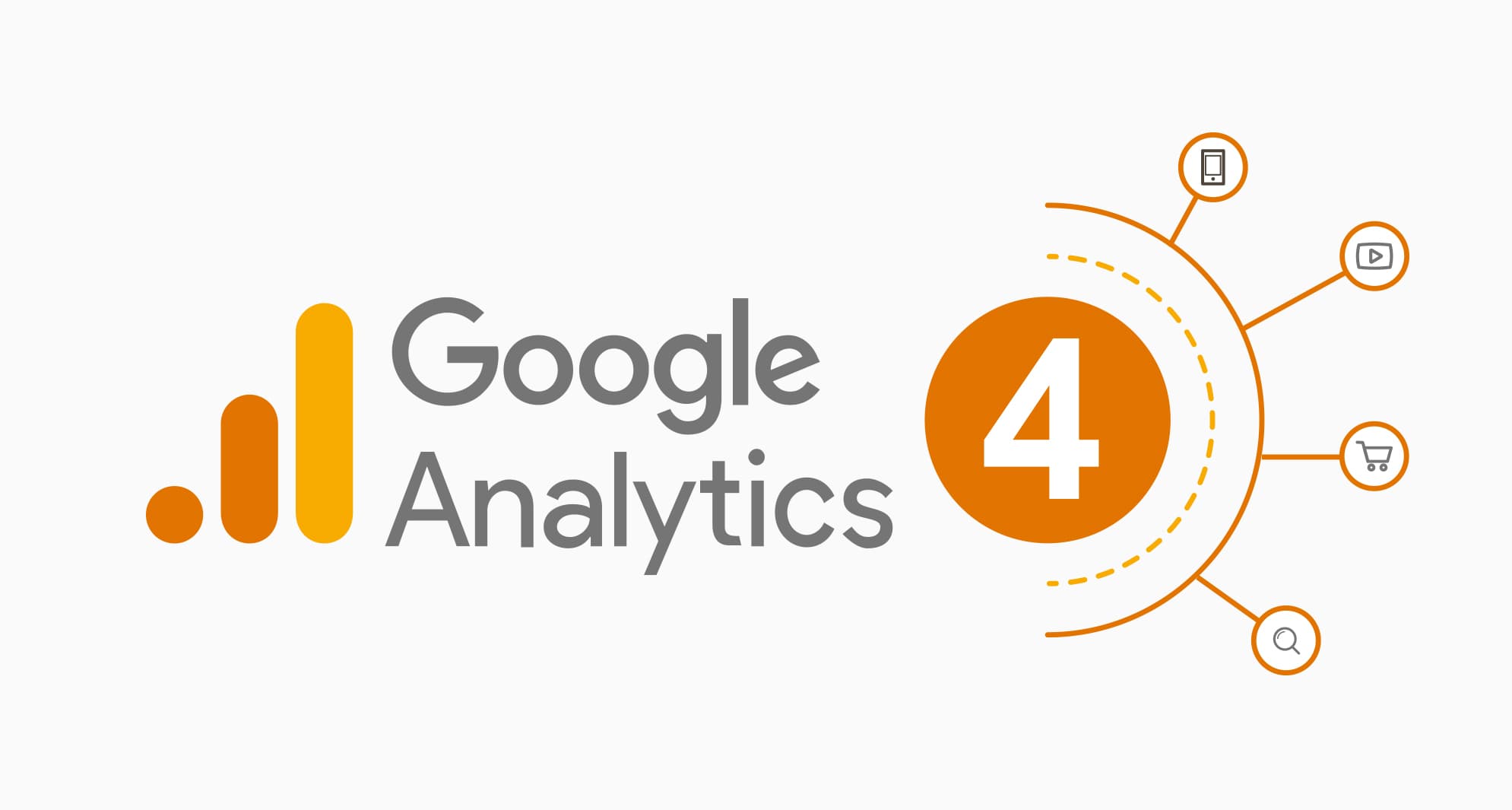A Complete Guide to Recognizing When Does the Google Analytics Tracking Code Send an Event Hit to Analytics
A Complete Guide to Recognizing When Does the Google Analytics Tracking Code Send an Event Hit to Analytics
Blog Article
Master Site Insights With Accurate Google Analytics Monitoring Code
The efficient usage of Google Analytics hinges on the precise implementation of its tracking code, a fundamental action frequently neglected by website proprietors. What are the usual risks that could threaten your tracking efforts, and exactly how can you make sure accuracy in your method?
Recognizing Google Analytics Fundamentals
Google Analytics is an essential tool for website owners and marketers, supplying important understandings right into customer habits and website performance. At its core, Google Analytics collects information regarding visitors to a web site, enabling users to analyze metrics such as web traffic resources, customer interaction, and conversion rates. Understanding these basics is important for enhancing a site's performance and boosting individual experience.
The platform utilizes cookies to track interactions, tape-recording data such as web page views, session periods, and bounce prices. This info is aggregated and provided through personalized control panels, allowing users to envision patterns over time. Key efficiency indications (KPIs) can be checked, such as the total variety of individuals, brand-new versus returning site visitors, and the geographic circulation of the audience.
Moreover, Google Analytics offers division functions, enabling customers to separate details web traffic resources or individual demographics for more targeted analysis. By grasping these fundamental components, internet site proprietors can make informed choices concerning web content strategy, advertising campaigns, and overall website enhancements. Ultimately, understanding Google Analytics fundamentals is essential for leveraging data to drive growth and achieve business purposes efficiently.
Establishing Your Tracking Code

Duplicate the offered tracking code and paste it right into the HTML of your web site. Preferably, this code should be placed in the header section of every page you want to track. This makes sure that the monitoring code loads before any type of other material, enabling it to capture information precisely. There are plugins offered that simplify the combination procedure. if you are making use of a content management system (CMS) like WordPress.
After installation, verify that the monitoring code is working properly by utilizing Google Tag Assistant or the Real-Time records in Google Analytics - when does the google analytics tracking code send an event hit to analytics?. This action is necessary to verify that your information collection is precise and active, setting the foundation for informative evaluation
Typical Monitoring Code Issues
This might occur when the monitoring code is put in the incorrect section of the site's HTML, often leading to absent or incomplete information. Additionally, having multiple circumstances of the monitoring code on a single web page can result in filled with air metrics, as user interactions might be counted a lot more than as soon as.
An additional problem develops from the use of ad blockers, which can avoid the tracking code from carrying out completely, thus skewing data. when does the google analytics tracking code send an event hit to analytics?. In addition, failure to set up filters correctly can lead to the exemption of important website traffic resources or the incorporation of unwanted recommendation spam, distorting the information gathered
Site proprietors might also overlook the value of tracking code updates, particularly when moving to Google Analytics 4 (GA4) from Universal Analytics. Last but not least, not enough screening prior to launching adjustments can lead to unnoticed mistakes in the tracking code, better complicating data dependability. Attending to these usual issues is important for ensuring exact tracking and insightful analytics.
Analyzing Site Information Efficiently
Precise data collection is only the very first step in leveraging Google Analytics; the genuine value depends on properly examining that data to drive informed look at this website decision-making. To achieve this, it is important to recognize crucial performance indicators (KPIs) that align with your business goals. Concentrate on metrics such as conversion prices, individual involvement, and traffic resources, as these will certainly provide insights into individual actions and the overall effectiveness of your internet site.
Utilizing Google Analytics' division functions allows for a much deeper understanding of your audience. By damaging down data into certain demographics, behaviors, and website traffic channels, you can reveal trends and patterns that inform targeted methods. Executing custom records and control panels see this can simplify this process, allowing quick accessibility to pertinent data.
Furthermore, frequently evaluating data trends in time helps to recognize abnormalities and opportunities for improvement. Make use of visualization devices to existing data in a conveniently digestible style, assisting in a lot more effective interaction with stakeholders. Eventually, the ability to evaluate web site information effectively encourages companies to make tactical choices that improve customer experience, enhance advertising initiatives, and drive growth.

Finest Practices for Accurate Tracking
Applying reliable monitoring methods is vital for obtaining trustworthy data in Google Analytics. To make sure exact tracking, begin by correctly installing the Google Analytics tracking code on every web page of your internet site. This can be achieved with a tag supervisor or by straight installing the code right into the HTML.
Following, configure your Google Analytics account to leave out inner traffic. This can be done by establishing filters that recognize and get rid of sees from your organization's IP address, thus stopping manipulated data. Additionally, utilize occasion tracking to keep an eye on certain user interactions, such as downloads or video clip plays, which conventional page sights might neglect.
On a regular basis audit your monitoring configuration to verify that all attributes, such as objectives and ecommerce monitoring, are working appropriately. Establish a constant naming convention for your occasions and projects to facilitate easier reporting and evaluation.
Last but not least, consider leveraging UTM parameters for campaigns to obtain insights right into the efficiency of various advertising initiatives. By complying with these best practices, you can enhance the accuracy of your information collection and analysis, ultimately leading to more enlightened decision-making for your web site.
Conclusion
Precise application of the Google Analytics tracking code is important for grasping website insights. By learn this here now making sure the monitoring code is properly positioned and consistently audited, internet site proprietors can catch essential customer communication information, thus promoting the recognition of crucial performance signs. Effective analysis of this data, incorporated with adherence to ideal practices, enables educated decision-making and the optimization of on the internet methods. Eventually, a durable tracking structure improves the capability to drive involvement and boost total website performance.

Not enough screening prior to launching changes can result in undiscovered errors in the tracking code, further making complex information integrity.Executing efficient tracking practices is crucial for getting dependable information in Google Analytics. By making sure the tracking code is correctly put and regularly audited, web site proprietors can capture crucial user interaction data, hence promoting the identification of key performance indicators.
Report this page